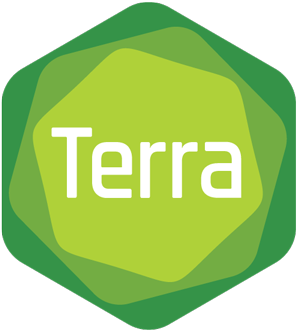Terra Blog
Product updates, announcements, and stories from the trenches.
Categories
Latest Posts


DNAstack’s Viral AI builds on GA4GH standards to tackle data federation for viral genomics
Designed to provide federated access to viral genomic data, the Viral AI network will use Terra to provide user-friendly access to relevant analysis capabilities.


Learn to assemble and analyze Human Pangenome data on the cloud
A new playlist of workshop videos by Dr. Karen Miga’s team at UCSC demonstrates how to use data and resources from the Human Pangenome Reference Consortium


What’s new in the Terraverse in January 2022
A quick recap of recent Terra-related headlines: Journal appearances for Terra and the AnVIL, planned integration with Singular Genomics’ new G4 sequencer and a new release of Microsoft’s Cromwell on


Get your work featured on the Terra Blog
A blog post is a great way to promote your work in a casual and highly flexible format! Reach out today and let us help you tell your story.


The Molecular Oncology Almanac: From algorithm to analysis portal
Brendan Reardon, computational biologist at Dana Farber Cancer Institute, describes how the MOAlmanac algorithm and analysis portal enable a wide range of users to leverage large-scale genomics to guide individualized


Terra’s security response to the Log4j vulnerability — and what you can do to stay safe
We have updated Terra services to address the Apache Log4j vulnerability; learn what you can do on your end to further secure your work.
Gain insights and learn the how Terra enables collaboration, analysis & sharing by subscribing to Terra's blog.
Want to contribute? Contact us at info@terra.bio
Most Popular


Managing Access to UK Biobank Data on Terra
Having access to good data is crucial for genomics research. Without large-scale datasets, there’s little chance of uncovering the genetic underpinnings of disease. This is particularly important when studying diseases


Single Cell Portal Accelerates Genomics Research with Terra
Single Cell Portal (SCP) is an online portal for sharing single-cell genomics data that is built on top of Terra. Through its searchable database of single-cell studies, interactive visualizations, and



